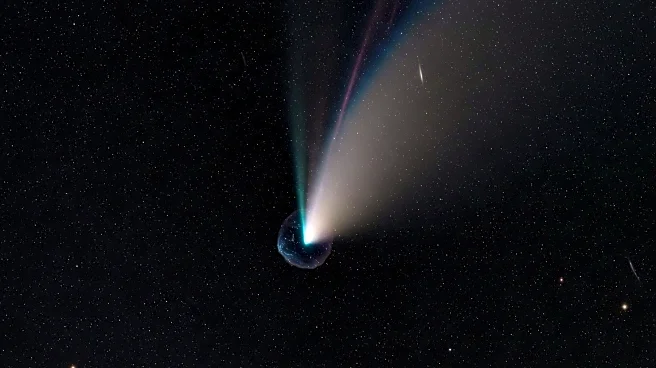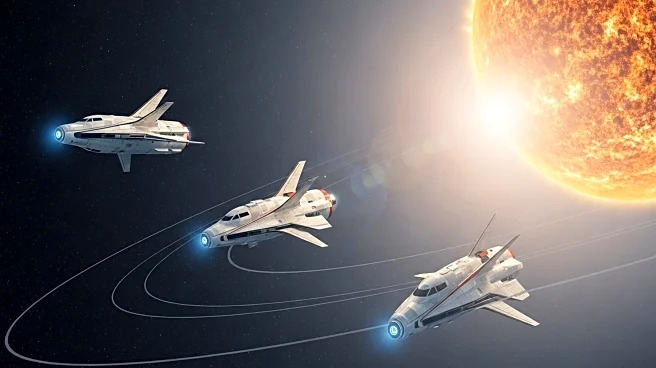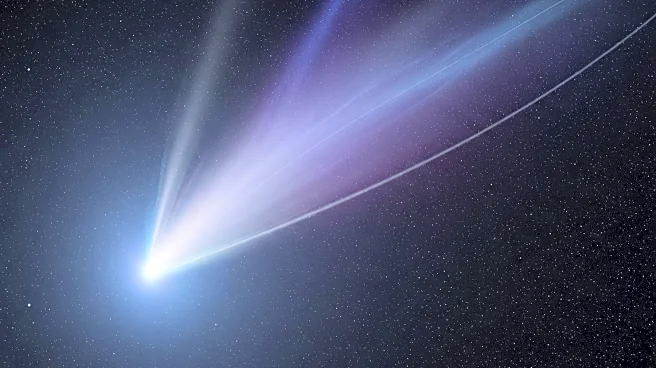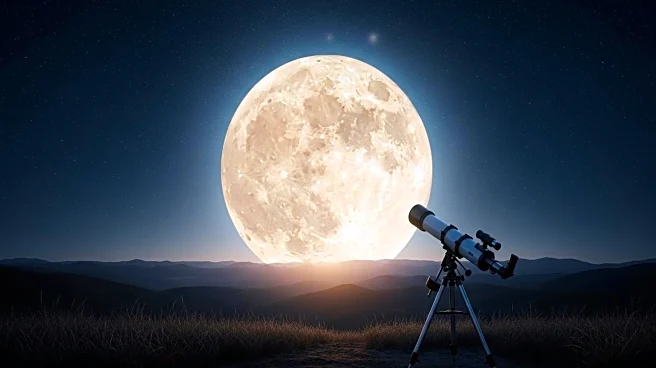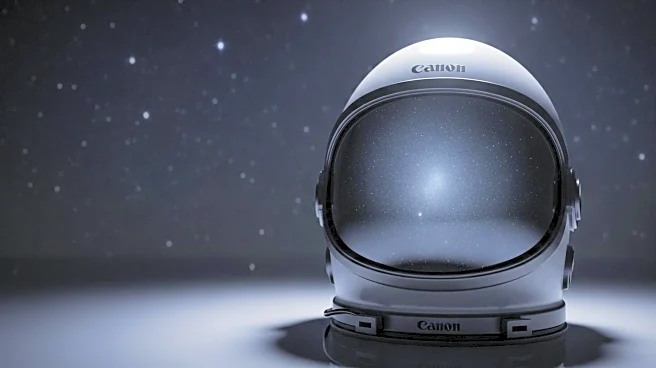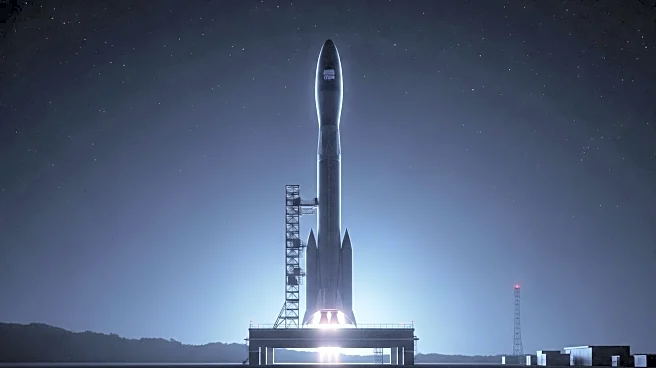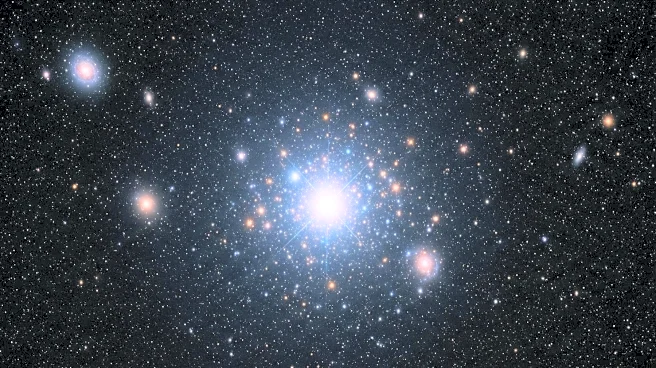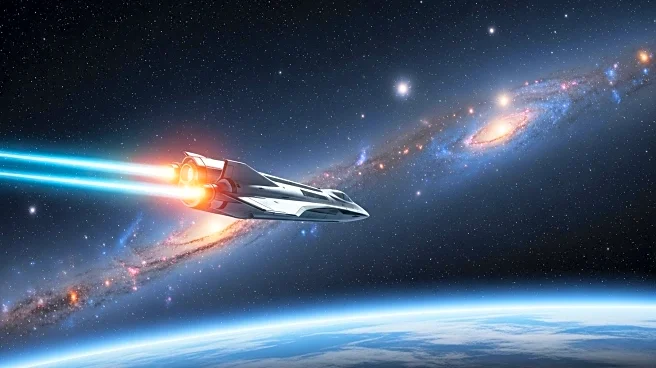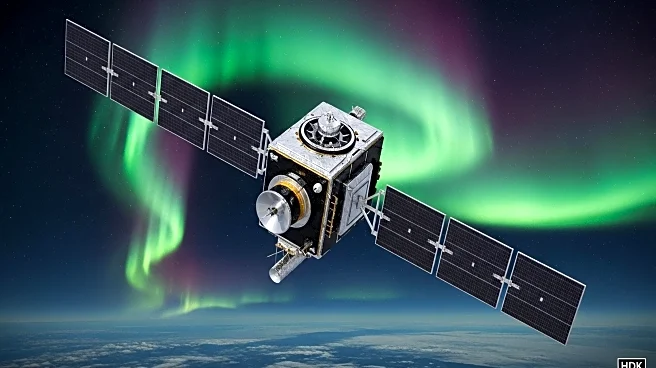What's Happening?
The 2025 Astrophotography Prize Photographer of the Year has announced its winners, showcasing breathtaking images from across the universe. Ani Shastri from the United States won the top honor for her image of the Deep Field Squid Nebula (Ou4), a nebula six times the size of the full moon. The competition received 545 entries from 155 photographers in 35 countries. The judging panel, consisting of 20 astrophotographers from eight countries, praised the images for their artistry and precision. Other notable winners include Matteo Strassera, who captured a 360-degree panorama of the Milky Way over Tenerife, and Alessandro Ravagnin, who won the Celestron Prize for his image of a sunspot group. The competition categories included Deep Space, Solar System, Remote Imaging, and Astro Landscape.
Why It's Important?
The Astrophotography Prize highlights the intersection of art and science, showcasing the beauty and complexity of the universe. These images not only inspire awe but also contribute to the public's understanding of astronomical phenomena. The competition encourages photographers to push the boundaries of imaging technology, leading to advancements in capturing celestial events. The recognition of photographers from diverse countries underscores the global interest in space exploration and the shared human curiosity about the cosmos. This event also promotes the importance of preserving dark skies, which are essential for both professional and amateur astronomers.
What's Next?
Following the announcement of the winners, the images will likely be featured in exhibitions and publications, further promoting the field of astrophotography. The competition may inspire more photographers to explore astrophotography, potentially leading to new discoveries and innovations in imaging techniques. As interest in space continues to grow, collaborations between photographers and scientific institutions could increase, enhancing the quality and scope of future entries. The ongoing development of imaging technology will also play a crucial role in capturing even more detailed and stunning images of the universe.
Beyond the Headlines
The competition raises awareness about the importance of light pollution control, as dark skies are crucial for capturing high-quality astronomical images. It also highlights the role of amateur astronomers in contributing to scientific knowledge, as many of the participants are not professional scientists. The event fosters a sense of community among astrophotographers, encouraging the exchange of techniques and ideas. Additionally, the images serve as educational tools, helping to engage the public and inspire the next generation of scientists and explorers.

